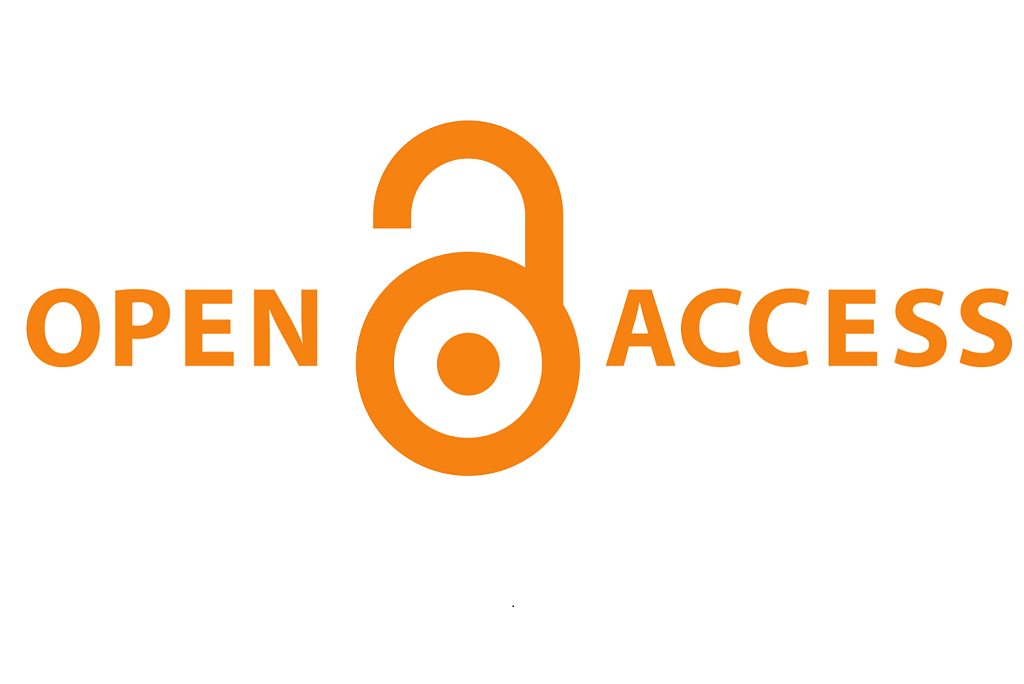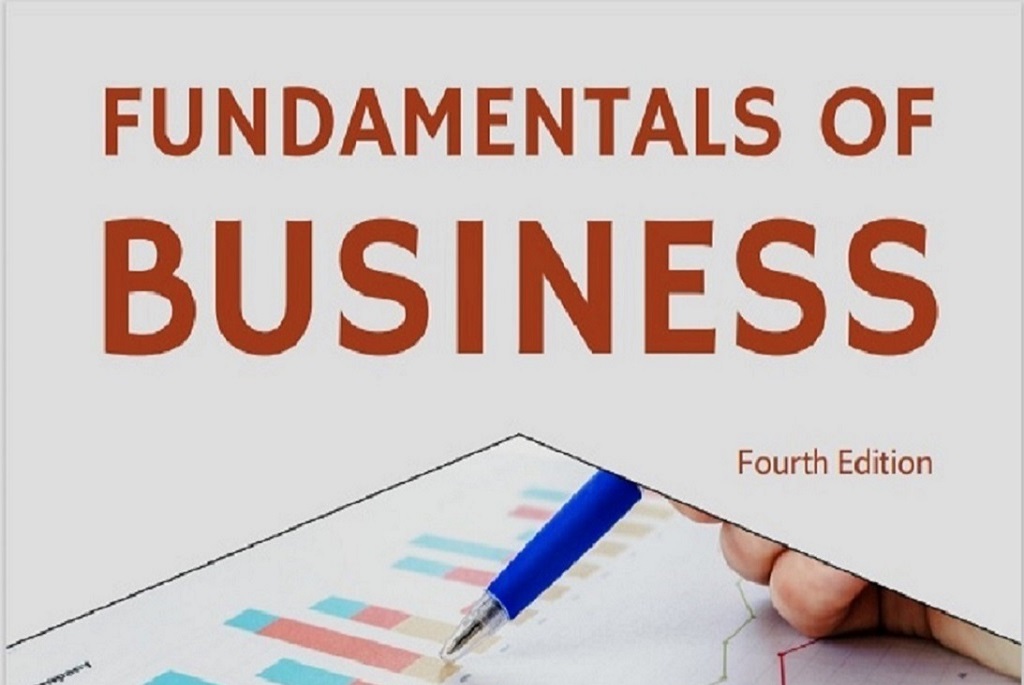VTechWorks
VTechWorks provides global access to Virginia Tech scholarship, including journal articles, books, theses, dissertations, conference papers, slide presentations, technical reports, working papers, administrative documents, videos, images, and more by faculty, students, and staff. Faculty can deposit items to VTechWorks from Elements, including journal articles covered by the University open access policy. Email vtechworks@vt.edu for help.
Communities in VTechWorks
Select a community to browse its collections.
Recent Submissions
Optimizing Veterinary Drug Residue Monitoring in U.S. Cattle through Trend Analysis and Risk-Based Frameworks
Al Wahaimed, Abdullah Saud (Virginia Tech, 2025-12-23)
Veterinary drug residues in U.S. cattle continue to raise important food safety, regulatory, and public health concerns. This dissertation integrates three complementary investigations to examine residue trends, evaluate human health risks, and propose an improved framework for national monitoring.
First, national sampling data from the USDA Food Safety and Inspection Service (FSIS) National Residue Program (NRP) for 2021–2023 were analyzed to identify frequently detected residues across cattle types. Cattle accounted for 92% of all positive samples across species sampled (sheep and goats, pigs, poultry, and fish), totaling 3,107 out of 3,391 detections. Dairy cows had the highest number of detections within cattle (1,264 out of 3,107). Desfuroylceftiofur, penicillin, flunixin, and several sulfonamides were among the most commonly detected violative residues.
Second, a multifactorial risk-ranking model was developed to assess the potential public health risks associated with fifteen high-priority veterinary drugs detected in cattle. The model integrated hazard evidence, exposure frequency, and severity of adverse outcomes across eleven risk domains. Sulfonamides consistently ranked as the highest-risk group, while β-lactams and non-steroidal anti-inflammatory drugs (NSAIDs) ranked as intermediate-risk due to frequent detection despite moderate inherent toxicity.
Finally, an adaptive decision support framework was created to improve veterinary drug residue monitoring by incorporating drug-specific, species-specific, and exposure-related determinants into a unified evaluation system. The framework provides clear thresholds for prioritizing high-risk drug species combinations and can support more efficient risk-based sampling strategies aligned with the Food and Agriculture Organization (FAO) and the World Health Organization (WHO), as well as the Codex Alimentarius Commission.
Collectively, these studies demonstrate the need for continuous monitoring of frequently detected residues, improved prioritization of high-risk analytes, and an adaptive, evidence-driven approach to sampling. The findings offer actionable recommendations to strengthen residue-control programs, enhance regulatory responsiveness, and protect public health.
Designing Answer-Aware LLM Hints to Scaffold Deeper Learning in K–12 Programming Education
Bhaskar, Sahana (Virginia Tech, 2025-12-23)
Studies have shown that many K–12 students develop misconceptions about programming concepts such as variables, conditionals, and loops, particularly when learning through block-based environments like Scratch, where visual abstractions can obscure underlying computational logic. While tools powered by artificial intelligence (AI) can provide quick help, they often give direct answers that reduce students' opportunities to think and learn.
This work explores how AI can support learning without encouraging overreliance. In a study with 105 students using CodeKids, 31.4% showed misconceptions about variable assignment and data types, and only 20% correctly solved conditional problems, highlighting the need for better scaffolding to address these conceptual gaps. To tackle this challenge, we designed and implemented an LLM-powered hint generation system within CodeKids, an open-source, curriculum-aligned learning platform developed by Virginia Tech in collaboration with local schools. The system generates short, step-by-step hints when students ask for help, encouraging reasoning rather than direct answer-seeking. Grounded in Vygotsky's Zone of Proximal Development, this approach balances guidance and autonomy through structured prompting that preserves productive struggle. The system was tested with real students and evaluated through automated analysis and surveys, which showed that the hints were clear, helpful, and easy to use. Students who used the hints reported higher confidence and improved problem-solving skills. These results demonstrate promising progress in using AI to support K–12 programming education and lay the foundation for future tools that personalize hints, adapt to different learners, and make AI-driven learning more effective and engaging.
Persona Reinforcement for Secure Programming AI Tutors: Adaptive Assistance in Action
Srinivasan Manikandan, Adithya Harish (Virginia Tech, 2025-12-23)
The world needs safe software, but producing it requires secure programming skills. Unfortunately, effectively teaching students secure coding skills remains a critical open problem. Pedagogy suggests that students acquire skills best through a combination of conceptual reasoning and practical experience. In computing, students gain this practical experience through hands-on programming exercises and projects. In the age of generative AI, modern tools, such as large language models (LLMs), often hinder effective learning by providing solutions to coding problems without engaging students in the learning process. Instead of internalizing the key concepts, students can simply copy answers without understanding, undermining the learning objectives. Unexpectedly, generative AI offers a promising opportunity to address the problem it has created, providing appropriate constraints and design. To that end, we present Secure Programming with Adaptive Reasoning Companion (SPARC), an AI-powered tutor designed to guide students through secure programming exercises, rather than directly provide solutions. Our design reinforces SPARC's tutor persona through a confluence of three techniques: (1) tailored prompt engineering, (2) a novel combination of AI techniques---coined as a learning safeguard proxy ---designed to prevent the tutor from directly providing solutions, and (3) a responsive algorithm that adapts responses to student proficiencies. We have integrated SPARC with SecureCoder, a drill-and-practice platform for secure coding skills, and evaluated its effectiveness via a pilot study. Across 120 study sessions (80 with SPARC and 40 with GPT-4o-mini), SPARC facilitated a 95% exercise completion rate compared to 80% for GPT-4o-mini, and pilot study participants demonstrated statistically higher satisfaction with SPARC's adaptability than GPT-4o-mini. Further, unlike GPT-4o-mini, all interactions with SPARC avoided providing participants with complete solutions. Finally, our study demonstrated that more than 85% of participants found SPARC's guidance to be clear, adaptive, and helpful, with 80% reporting improved understanding of secure programming concepts. Our evaluation suggests that SPARC's novel design achieves its goal of serving as a secure programming tutor. SPARC provides helpful guidance that most students found to enhance their learning experiences. As secure programming skills are vitally important, this work contributes to secure computing education by employing generative AI as an educator's ally, rather than its adversary.
Porous Carbon Fiber Functionalization and Thermochemical Degradation of Polystyrene-based Plastics for Resource Recovery
Zhang, Yue (Virginia Tech, 2025-12-23)
This dissertation explores the chemical transformation of polyacrylonitrile (PAN)- and polystyrene (PS)-based polymers into sustainable functional materials and chemical products. The research is motivated by two global challenges: the increasing demand for rare earth elements (REEs) for high technology applications and the environmental issues caused by plastic waste accumulation. First, porous carbon fiber (PCF) derived from PAN-based block copolymer was synthesized and functionalized for the extraction of REEs. Second, the thermochemical degradation of PS and PS-based engineering plastic into benzene and alkylbenzene were explored.
In the first project, a greener REE leaching method followed by solid-phase extraction using functionalized PCF was developed. To dissolve REE in NdFeB magnets, citrate-assisted leaching was developed and achieved over 90% leaching efficiency, reducing the use of mineral acid. A block copolymer-based PCF with high surface area and well-controlled porous structure was synthesized and functionalized with diglycolamide (DGA) ligands. Two different functionalization strategies, using silane-modified and azide-modified DGA, were employed. Although functionalization of PCF with both strategies was successful, limited improvement in extraction capacity was achieved. The poor performance was attributed to low ligand loading, partial pore blocking, and strong citrate-REE complex interaction. This study provided PCF functionalization strategies but showed challenges of REE extraction with functionalized PCF as an adsorbent.
The second project focused on the degradation of PS into benzene and its subsequent upcycling into alkylbenzene. PS was thermochemically degraded using AlCl3 as a catalyst to produce benzene. The effect of Lewis acid type, solvent, and AlCl3 concentration was investigated. The optimized reaction conditions for benzene production were identified as 100 mol% AlCl3 in cyclohexane at 100 °C for 5 h. The recovered benzene was further upcycled to alkylbenzene by Friedel-Crafts alkylation with 1-dodecene or 1-chlorodedecane. Both one-step and two-step alkylation reactions for alkylbenzene production were explored, but a low alkylbenzene yield was achieved. GC-MS analysis revealed the formation of alkylbenzene isomers and alkane side products, indicating low selectivity and competing side reactions as the limitation of alkylbenzene production.
The third project extended the thermochemical degradation strategy to an engineering plastic, acrylonitrile-butadiene-styrene (ABS), containing a PS block. Compared with PS, ABS is a multiphase polymer, containing two other polymer blocks, PS and polybutadiene (PBD), which make the degradation pathway more complicated. Under similar conditions of PS degradation using AlCl3, the benzene yield was lower in ABS degradation. Size exclusive chromatography (SEC) analysis revealed the incomplete degradation with crosslinked structures. The effect of solvent on benzene yield was investigated, showing that the benzene yield was affected by both aromaticity of the solvent and the solvent-AlCl3 interactions. Deuterated benzene as an aromatic solvent enhanced benzene yield due to charge-transfer interaction with AlCl3. Degradation studies on PAN and PBD homopolymers showed that both PAN and PBD underwent partial backbone degradation, forming short-chain fragments. Nitrile groups in PAN remained intact, and PBD underwent crosslinking. These results showed that non-PS blocks altered the degradation pathways and hindered the benzene production.
Overall, this dissertation advances the understanding of polymer-derived porous carbon materials and thermochemical plastic degradation for sustainable material recovery. While challenges remain in the improvement of REE extraction capacity and achieving high alkylbenzene and benzene yield, the results highlighted the potential of PCF-based adsorbents for REE extraction and thermochemical degradation pathways for plastic recycling. These studies not only provide fundamental insights into structure-property relationships but also suggest future directions toward greener and more efficient strategies for addressing critical metal recovery and plastic waste management.
Repurposing Antibacterial Compounds and Natural Products to Combat Vancomycin-Resistant Enterococci
Abdelmegeed, Somaia Mahmoud Abdelaziz (Virginia Tech, 2025-12-23)
Antibiotic resistance is one of the greatest threats to modern medicine, leaving clinicians with shrinking treatment options for life-threatening infections. Among the most concerning pathogens are vancomycin-resistant Enterococcus (VRE), which causes serious bloodstream, urinary tract, and wound infections, particularly in hospitalized patients. This thesis explores two complementary strategies to address this challenge: natural product discovery and drug repurposing.
The first study investigated two drug candidates, CRS3123 and ridinilazole, originally designed to target Clostridioides difficile, for their activity against VRE. Both compounds showed exceptionally low minimum inhibitory concentrations and were bacteriostatic against VRE in vitro. In a Caenorhabditis elegans infection model, treatment with either compound significantly reduced the bacterial burden, demonstrating in vivo efficacy. Safety profiles were favorable, with minimal cytotoxicity and negligible hemolytic activity, highlighting their potential as safe and targeted therapies against VRE infections.
In the second study, I evaluated maslinic acid, a naturally occurring plant-derived triterpene, for its potential against VRE. Maslinic acid inhibited bacterial growth and significantly reduced biofilm formation, an important mechanism that allows VRE to persist in hospital environments and resist treatment. Importantly, it showed low cytotoxicity in mammalian cells, indicating promise as a safe therapeutic scaffold.
Together, these studies highlight the value of diverse approaches to antibiotic discovery. Natural compounds like maslinic acid expand chemical diversity, while repurposing candidates such as CRS3123 and ridinilazole accelerate potential clinical application. This thesis provides new insights into strategies for combating multidrug-resistant Enterococcus, a pathogen of urgent medical concern.


